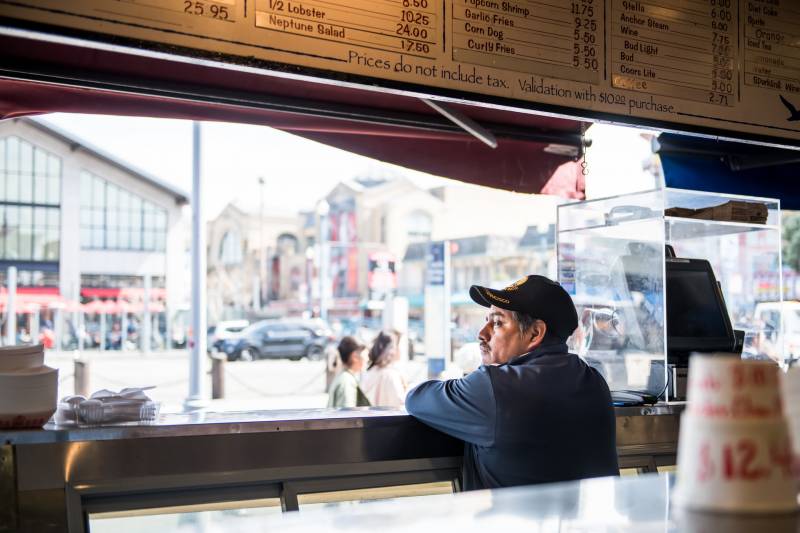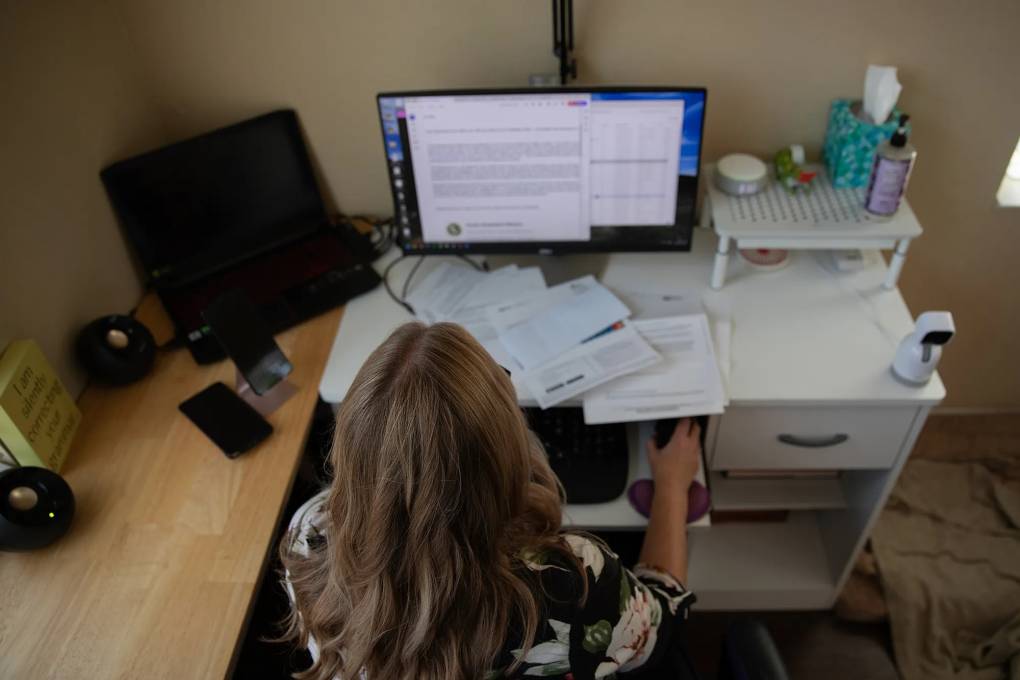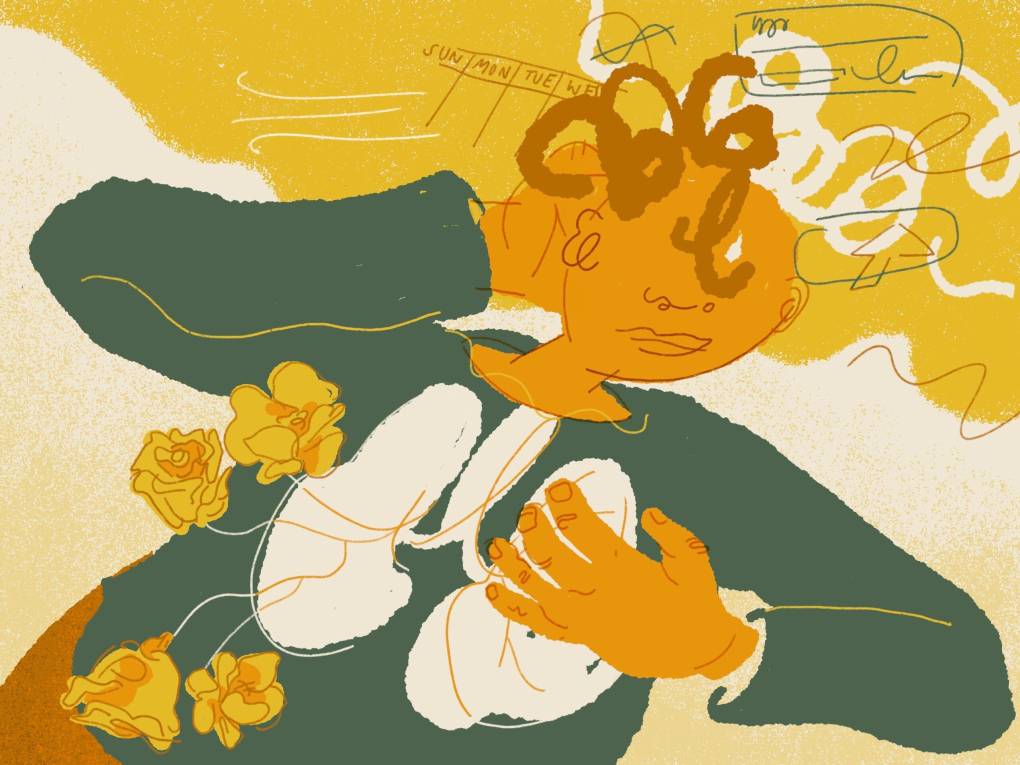“We know California’s economic restrictions were much more severe during the pandemic, so we declined more than the nation and, you know, we’ve been catching up. But I don’t think we are catching up fast enough,” said Sung Won Sohn, a professor of finance and economics at Loyola Marymount University.
The workforce consists of people who either have a job or are actively looking for one, as determined by surveys conducted by the Employment Development Department. In June, California added 35,500 people to the workforce, but it is still down from a recent high in February.
“The pandemic seems to have brought a certain shock to the system and people are reconsidering at all levels, ‘Do I want to go back to what I was doing before?’ ” said Mike Bernick, an attorney with Duane Morris and former director of the Employment Development Department. “That’s a very different dynamic than the five recessions and recoveries I’ve been involved with since 1980. I’ve never seen that before.”
Employment gains have mostly come from low-wage jobs in hotels and restaurants, an industry that was hardest hit by the pandemic. That industry accounted for more than 60% of all new jobs in June.
But traditionally higher-paying jobs in other sectors, including government and education and health services, posted increases of more than 7,000 jobs each.
“By late 2021, I think the unemployment rate could be almost as low as it was before the pandemic,” said David Smith, a professor of economics at the Pepperdine Graziadio Business School in Los Angeles.



